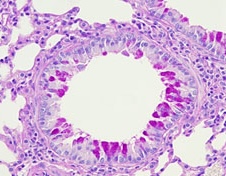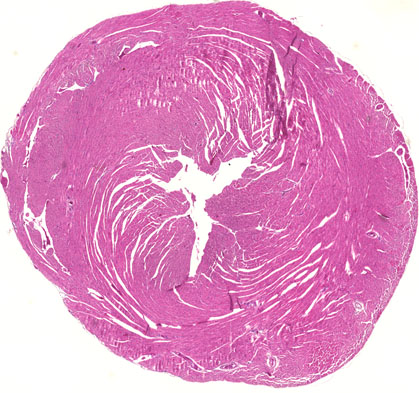Mechanism of the Development of Viral Pathogenesis
In general, no toxins are encoded in viral genome, unlike pathogenic bacteria.
It is unclear how viruses cause severe symptoms in humans but not their nature hosts.

Multi-organ failure induced by viremia
Some respiratory viruses, including SARS-CoV-2, invade to the blood stream from alveoli and cause multi-organ infections.
But, how do viruses overcome the basal membrane and blood vessels?
To address this, we aim to elucidate the molecular mechanism of SARS-CoV-2 transmission from the alveoli.
- Inflammatory response induces the leakage of blood vessels
- SARS-CoV-2, but not influenza virus, causes viremia
- Viremia is a hallmark of severe symptoms

Cytokine storm leading to organ dysfunction
Excess inflammatory response induced by vaccine or viral infections in peripheral tissues causes dysfunction in other organs (eg. myocarditis).
How do excess cytokine production result in severe symptom?
- Seasonal influenza virus does not infect to hearts but induces myocarditis
- Sex difference; young males are at higher risk for myocarditis caused by mRNA vaccine
- No underlying disease; No host factors are identified
ウイルス感染症の重症化機構の解析
病原性細菌とは異なり、ウイルスは毒素遺伝子をもちません。
どのようにウイルスは人に重篤な症状を引き起こすのだろう?

Multi-organ failure induced by viremia
SARS-CoV-2を含む、一部の呼吸器感染症ウイルスは肺胞から血中に侵入し、多臓器感染を引き起こします。
ウイルスはどのように基底膜や血管壁を乗り越えるのだろう?
- 炎症反応は血管-上皮バリアを壊す
- SARS-CoV-2はウイルス血症を引き起こす
- ウイルス血症は重症化要因の一つ

Cytokine storm leading to organ dysfunction
ウイルス感染やワクチン投与によって臓器局所で誘導される過剰な炎症反応は、全身に広がって他臓器にも心筋炎などの機能障害を引き起こします。
炎症反応が臓器間相互作用により疾患を引き起こすメカニズムは?
- 季節性インフルエンザは心臓に感染せず、心筋炎を引き起こす
- 性差:若年男性はmRNAワクチンによる心筋炎リスクが高い
- 基礎疾患なし;宿主因子は特定されていない
